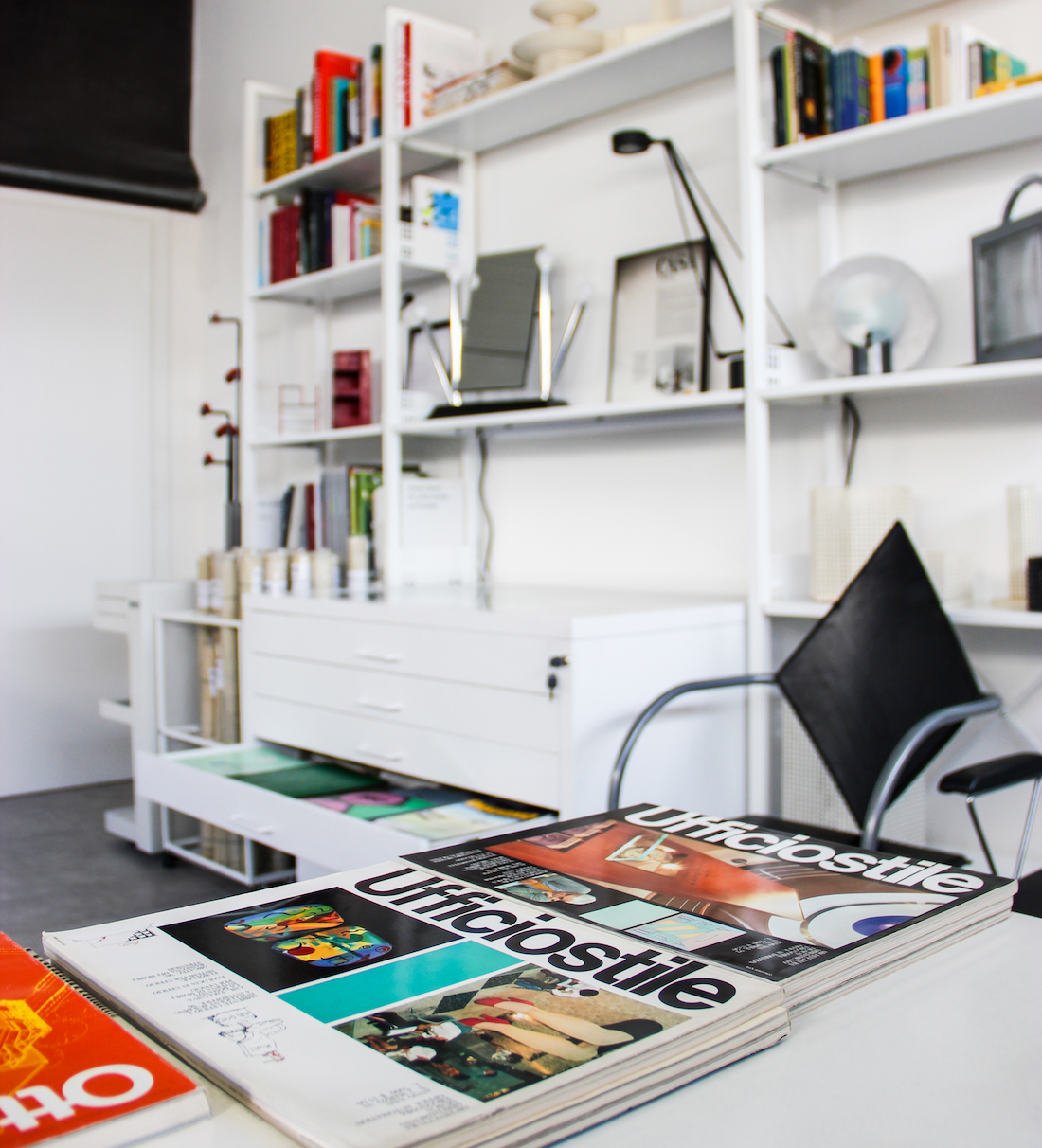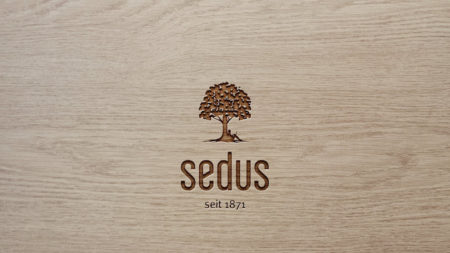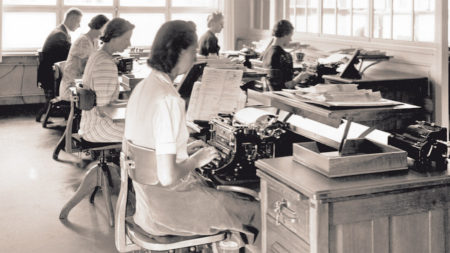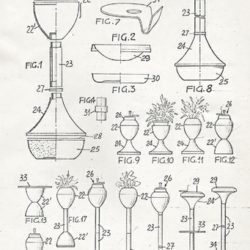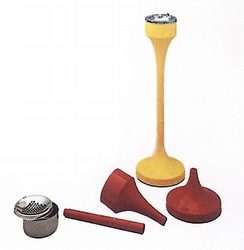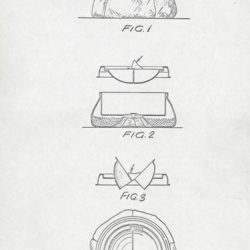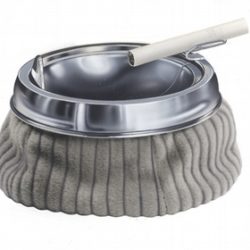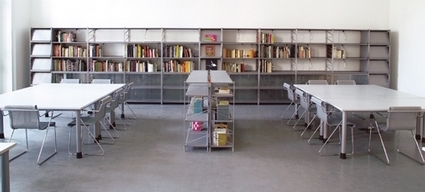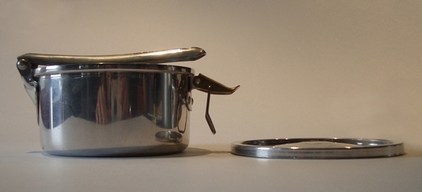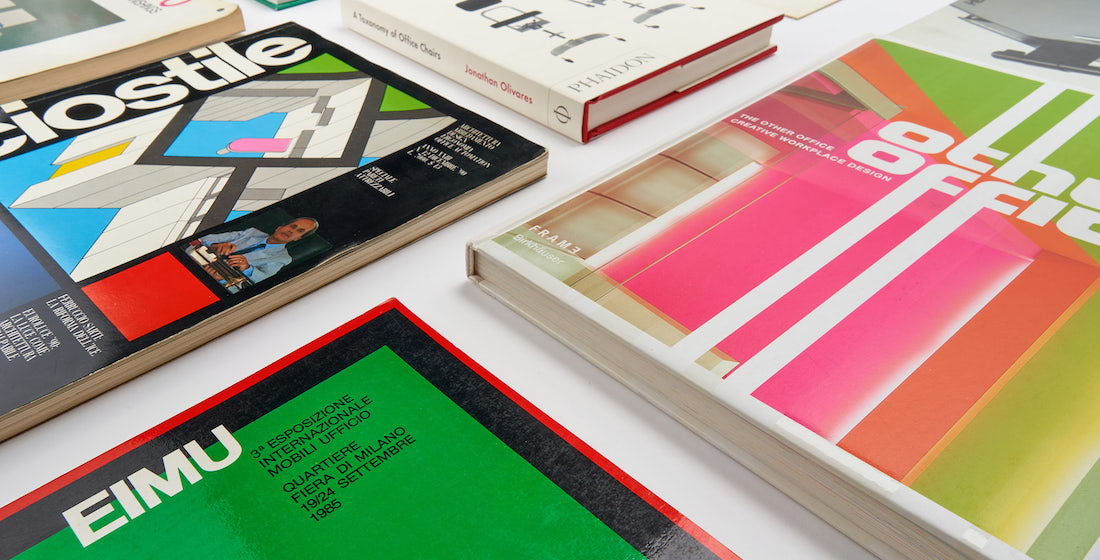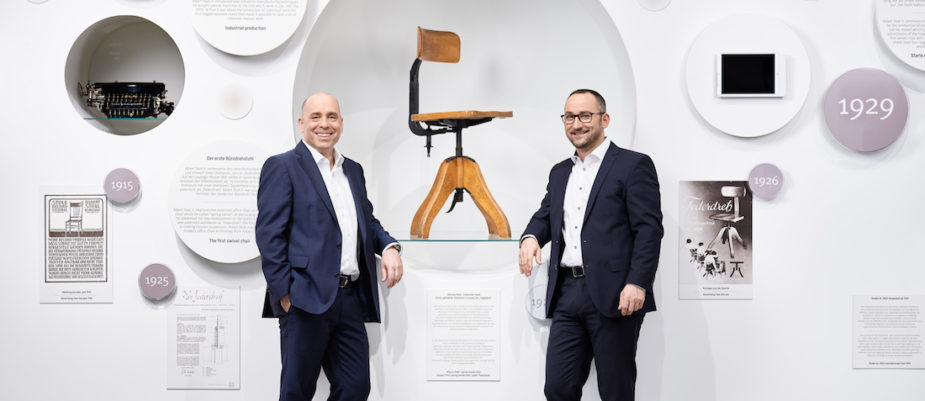
The historical period we are facing is certainly not one of the simplest, but seen from a constructive and positive perspective, it can become an opportunity for companies to relaunch, innovate and enhance.
One of the possibilities that a company can follow is to invest in the creation of a business archive.
In this article Sara Bertoldo, researcher at the IUAV University, explains how and why to enhance one’s company history, and how to access non-repayable loans for the creation and digitization of a phygital archive.
What do you mean by the expression “archive”?
Until recently, only physical places were thought of, where materials relating to projects and achievements of architects / designers, companies, public and private institutions or collectors could be found preserved and cataloged with scientific criteria.
Of course, one of the major problems of the archive, but above all of the museum, is the lack of space and resources. To overcome these problems, today, where everything is becoming immaterial, the archive could become a virtual place where documents are organized according to scientific criteria, where with the use of big data, thousands of information could be stored, connected between them and make them easily accessible to all and without problems of adequate space for an exhibition.
Why is it so important for a company to enhance its history?
The reasons are many, certainly the first is chronological: having reached an age in which longevity is considered a value to be celebrated.
The second is the growth of awareness of one’s role as subjects of history and of being able to “use” it to strengthen one’s own specific identity, an extra peculiarity to face global markets.
Three good reasons for investing in a business archive / museum.
The reasons that drive a company to open a museum are mainly three – subjective, marketing and social:
The first subjective, arises from the entrepreneur’s curiosity to reconstruct his origins, the birth of a museum becomes the consequence of a publication or an exhibition celebrating some company anniversary and its owners.
The second is corporate: collections are seen as active tools available to the company in two different directions. On the one hand, the goal is to retain consumers and differentiate themselves from the competition, therefore the purpose of the project is linked to commercial and marketing strategies, on the other hand, it aims to make them become important spaces for researching, designing and developing new products.
The third is social, where the archive / museum becomes places to tell the story of generations of people and objects of encounter with the outside world, to promote cultural events and encourage the relationship between business and territory. (For further information: Bulegato, F. (2008) “Business museums. From industrial arts to design.” Rome: Carocci Editore).
If we leave out purely personal motivations, we understand that investing in an archive is not only an added value for the company itself but also for the community.
We must not forget that telling the story of a company and its products helps to tell our story. For this reason it is essential that the conditions and opportunities are created for companies to invest in this activity.
Text by Sara Bertoldo, designer and researcher at IUAV University.
sara_bert@hotmail.it
Captions:
Photo 1/4: Sedus Museum and archive, a 150-year-old company.
Photo 5/10: Caimi Brevetti Archive which collects documents and objects from 1949 to today: over 30,000 drawings, 15,000 photographs and documentation of exhibitions, events, demonstrations; discontinued items; advertising and editorial; technical handouts catalogs. In the photos: Universal Ashtray (1968), Astro Modular Ashtray (1968), “la 2000” Lunch Box (1952) designed by Renato Caimi, Socrate Library (1991) by Caimi Lab.
Photo 11,12 Archivio Emme Italia.
